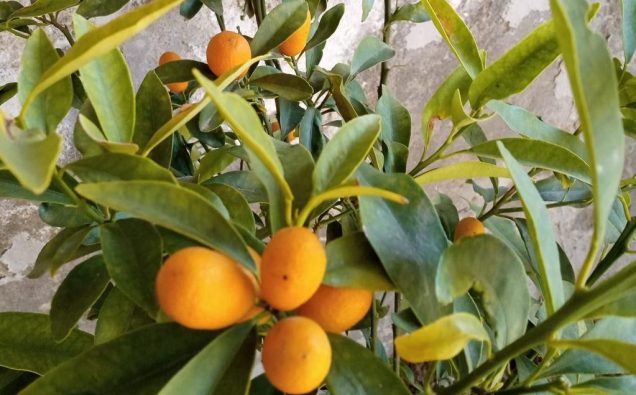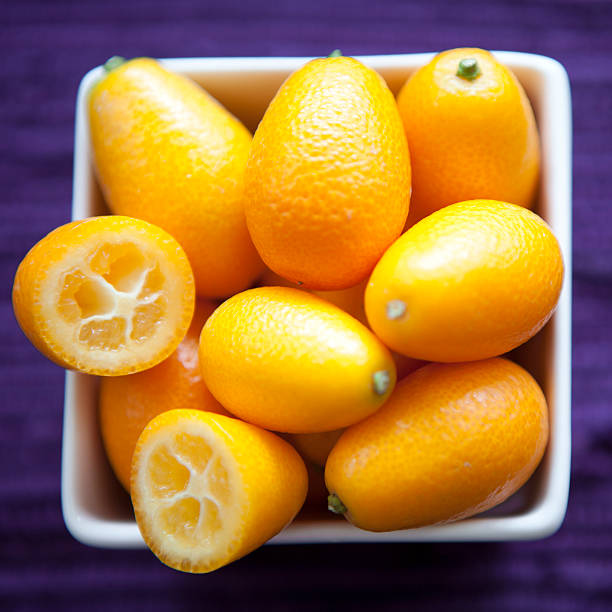
The fruit with Loquat’s yellow color and size is a new attraction in the home garden of Seema Khuled. It took her almost two years to make the cultivation of Kumquat, the fruit of Chinese origin, a success.
“I have always been fond of having some exotic fruits in my home garden; Cultivating Kumquat is a good experience,” says Seema Khuled, a housewife, showing the garden in her home in an upscale locality of Lahore.
Kumquats are small fruit-bearing trees, bearing edible fruit that closely resembles loquats as well as oranges in color and shape but is much smaller, being approximately the size of a large olive.
According to horticulture experts, the kumquat plant is native to Southern China. The earliest historical reference to kumquats appears in the Imperial literature from the 12th century. They have long been cultivated in other parts of East Asia like Japan and Taiwan, South Asia like India, and Southeast Asia, especially the Philippines.
“We have successfully cultivated the fruit and are now working to develop its commercial varieties so that the fruit becomes available to Pakistanis in abundance,” says Dr. Rafiq Dogar, Director Barani Agriculture Research Institute, located in Central Pakistan town of Chakwal.

Due to the absence of any commercial variety of Kumquat, the plant is not available at any nursery at the moment, forcing horticulture lovers to get the sapling from the home gardens.
Before Kumquat made its way to Pakistan, horticulturalists successfully experimented with the local cultivation of exotic fruits like olives, papayas, figs, lychee, strawberry, avocados, and kiwi that had earlier been imported from different countries for millions of dollars every year.
Now, papaya is being cultivated on a commercial scale from the Southern province of Sindh to as far as Pandak in northern Pakistan.

Recently, a farmer Annas Bhatti, central Punjab district of Sheikhupura developed the country’s biggest-ever Papaya farm in the South Asian country.
“A papaya tree bears fruit for up to three years, while one acre of papaya plantation, that includes 1,100 to 1,150 trees, can easily make rupees one million per annum,” claims Annas.
Chairman Pakistan Agricultural Research Council (PARC), Dr Ghulam Muhammad Ali believes that cultivating foreign fruits and vegetables for local use is relatively more profitable than producing local varieties.
“However, if we are to cultivate them for export purposes, we will have to take care of their quality and standard before and after planting. The grading, packaging, and storage of fruits and vegetables would have to be aligned with international standards,” he explains.
But plant pathologists warn that introduction of any exotic fruit should be made with extreme care as it can bring new pathogens and pests with it.
“In the past, some exotic varieties of crops like wheat and cotton led to the introduction of new pests in Pakistan; We need to be more cautious in case of fruits and vegetables,” says Dr. Amer Hayat Bhandara.
However, horticulturalists believe that the cultivation of exotic fruits and vegetables lends more benefits than disadvantages, generally warned by the agriculture experts.












